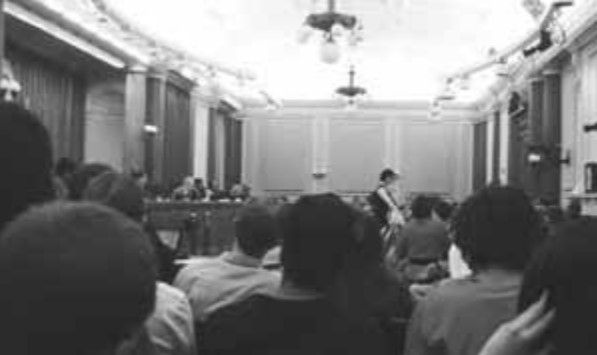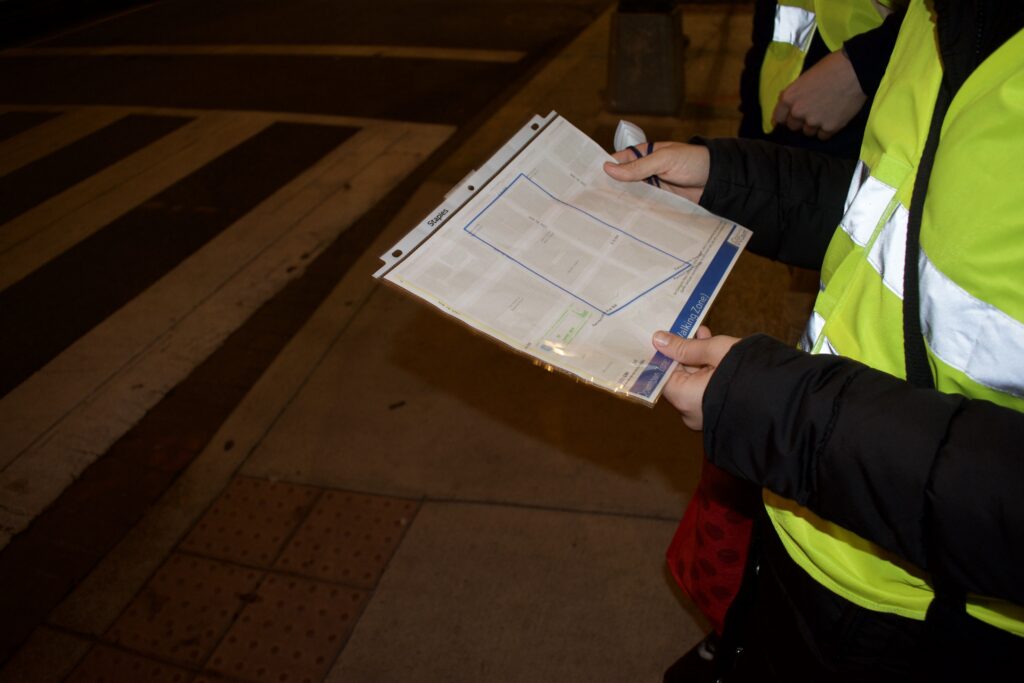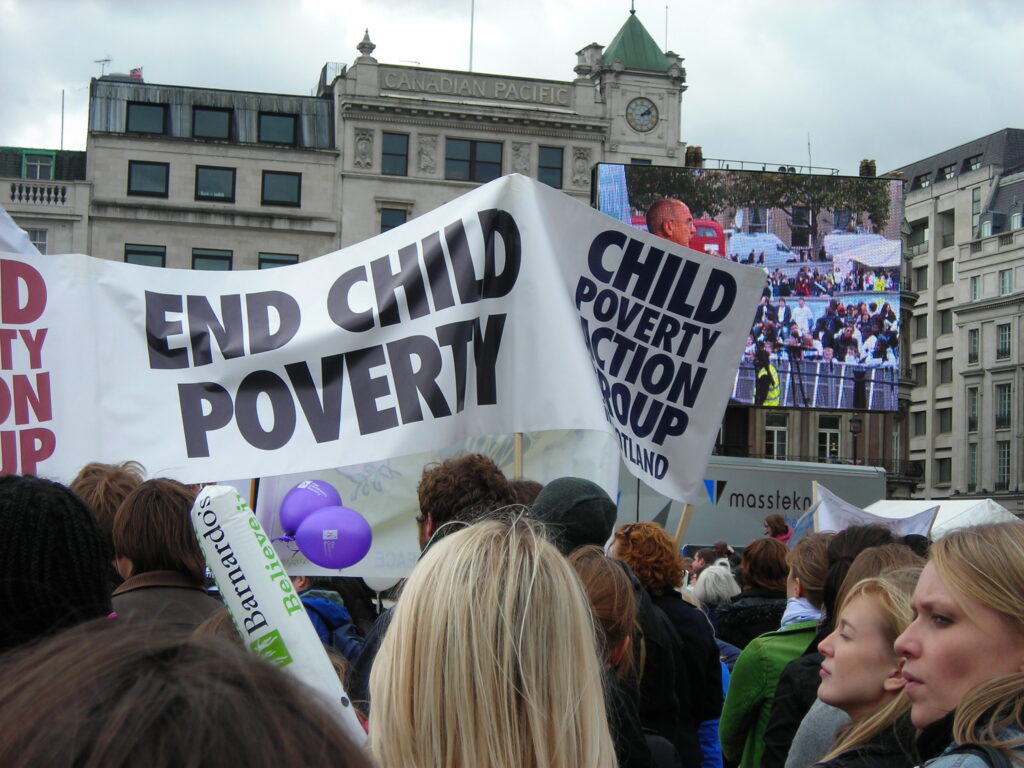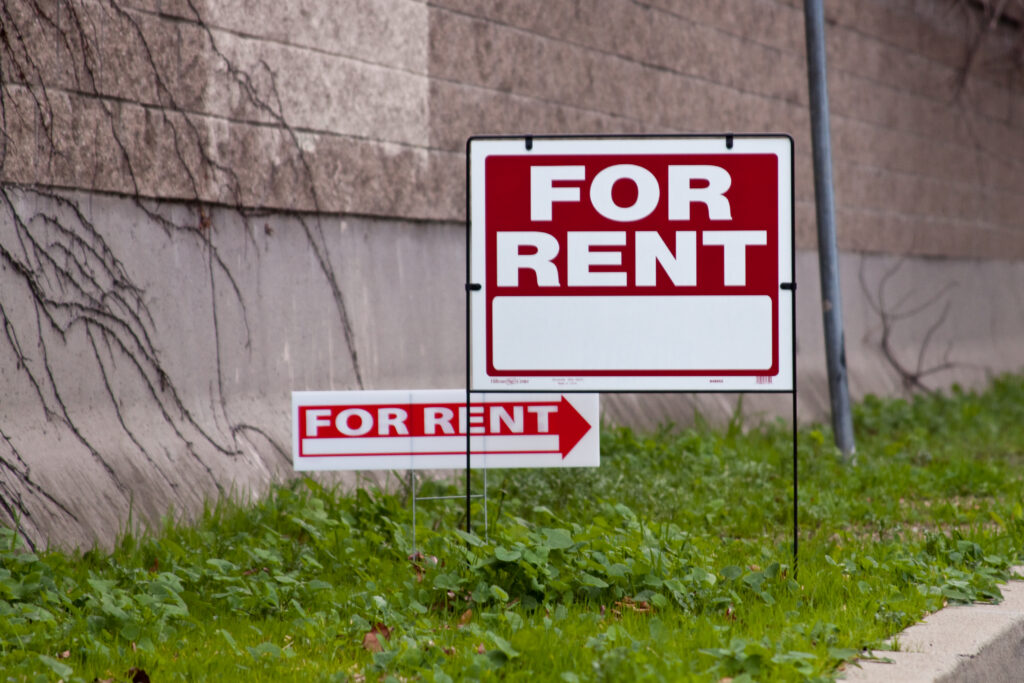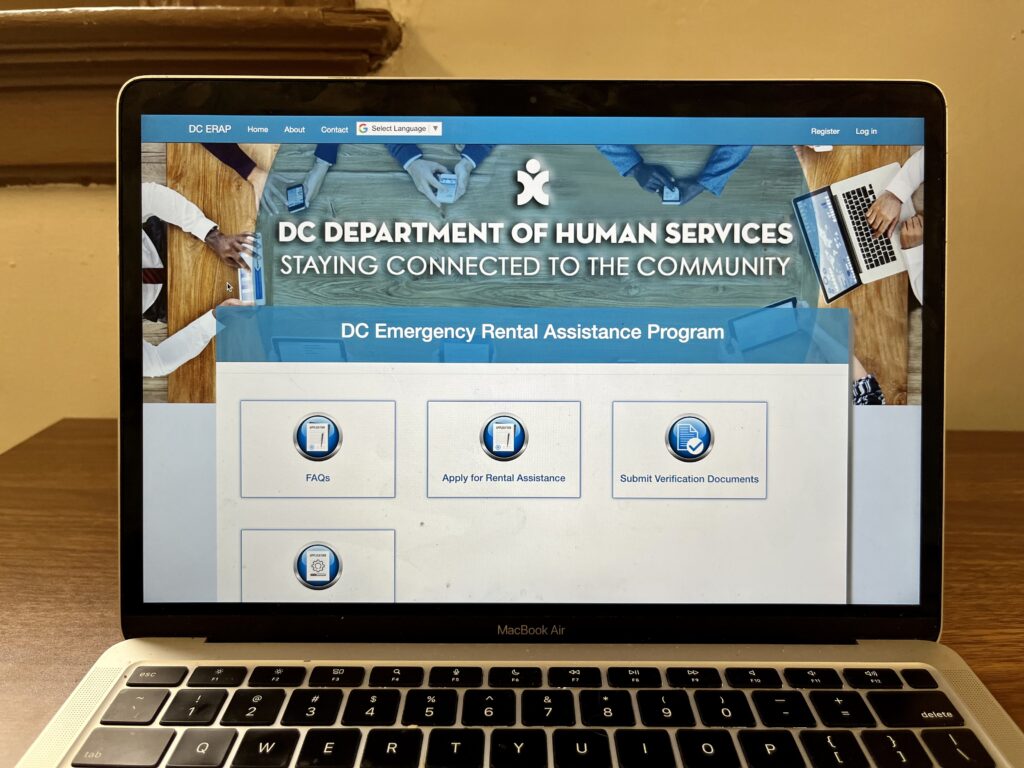Rally to save D.C.’s safety net puts focus on larger issues
The District of Columbia’s budget hearing on April 12 was interrupted by an unusual event – a walkout. Among the citizenry in attendance were roughly 50 activists from the group Save Our Safety Net, who filled an entire section of seating in the council chambers. When Mayor Adrian Fenty rose to testify in front of the council, the group stood up quietly and left, leaving signs on their empty chairs spelling out the phrase “New Taxes Now.”
The District of Columbia is currently faced with a nearly $500 million deficit. Considered the roughest fiscal crisis since the mid-1990s, the mayor’s office needed to make major cuts in order to slow the city’s debt. A sizeable portion of these cuts came from social programs which benefit the low-income citizens of Washington. These social programs are what have come to be known as the safety net. Save Our
Safety Net was started in July 2009 and has since grown in support from citizens and organizations alike. It is endorsed by more than 25 organizations, including the Service Employees International Union, the AFL-CIO, Bread for the City and D.C.
Save Our Safety Net unites a broad group people who span every walk of life. Their mission: Stop severe budget cuts to vital social programs that help low-income residents (“the safety net”) by changing Washington’s tax structure.
The District has one of the most unique tax structures in the nation. The highest tax bracket begins at $40,000. Under the current tax structure, people in this bracket pay 8.5 percent of their yearly income. According to Save Our Safety Net, this is not enough to make up for budget shortfalls and save vital programs.
The group suggests creating two new tax brackets: one for households earning more than $200,000 and another for households earning more than $1 million.
People in the $200,000 tax bracket would face a 0.5 percent increase, raising their annual taxes to nine percent, whereas the $1 million and above tax bracket would face a 0.9 percent increase if Save Our Safety Net’s plan is accepted by the city council.
Councilman Jim Graham from Ward 1 agrees that something needs to be done. In his opening remarks at the budget hearing, Graham stated that he is in favor of a “millionaire’s tax” and received a flurry of approval from the crowd of activists.
Over the past two years, more than $100 million in cuts have been made to social programs in the District as a result of economy-related budget constraints. An additional $50 million in cuts are pending for the Fiscal Year 2011 budget. These cuts include removing the funding for critical programs such as domestic violence services, affordable housing, child care vouchers, civil legal services, adult job training, child welfare, senior services, adult literacy services, mental health services, disability services and the Neighborhood Investment Fund.
According to multiple councilmembers and activists, with no end in sight to budget cuts, the safety net will continue to be depleted.
After the council hearing walkout, the group rallied inside city hall; residents and activists provided testimonials.
Sabrina Lancaster, a long-time District resident and activist, spoke of her own experience using the city’s services. “The safety net is what I need,” she said. “You can’t change a bad economy by cutting vital programs for low-income families such as job training services.”
George Jones, executive director of Bread for the City, also spoke and was proud to be in attendance. “This is what democracy is all about,” he said. “These people are here today to stand up for those who can’t speak for themselves.” Jones’ program, which provides services for low-income families in the District, is just one of the many affected by the city’s safety net cuts.
The city council walkout was organized by Joni Podschun, who has participated in similar rallies at city hall. A leader of Save Our Safety Net, Podschun believes that the organization’s mission is being accomplished. “I’m excited that both Councilmen Graham and [Michael] Brown mentioned that they wanted to raise taxes,” she said. “That means we are being heard.”
Following the rally, Podschun handed out capes and masks for the group to take to each of the councilmembers’ offices, conveying that councilmembers’ support for new taxes and saving the safety net made them superheroes in the District.
The group brought a much-needed spotlight to those programs in need in the District, according to Jones. This was the largest rally held so far by Save Our Safety Net. As participants walked to each of the councilmembers’ offices, excitement was evident in their voices. “We really are making a difference,” one protester said.
Jones, out of breath from running to attend the rally, happily looked on as the group dispersed. He summed up Save Our Safety Net’s actions in two words: “Message delivered.”



